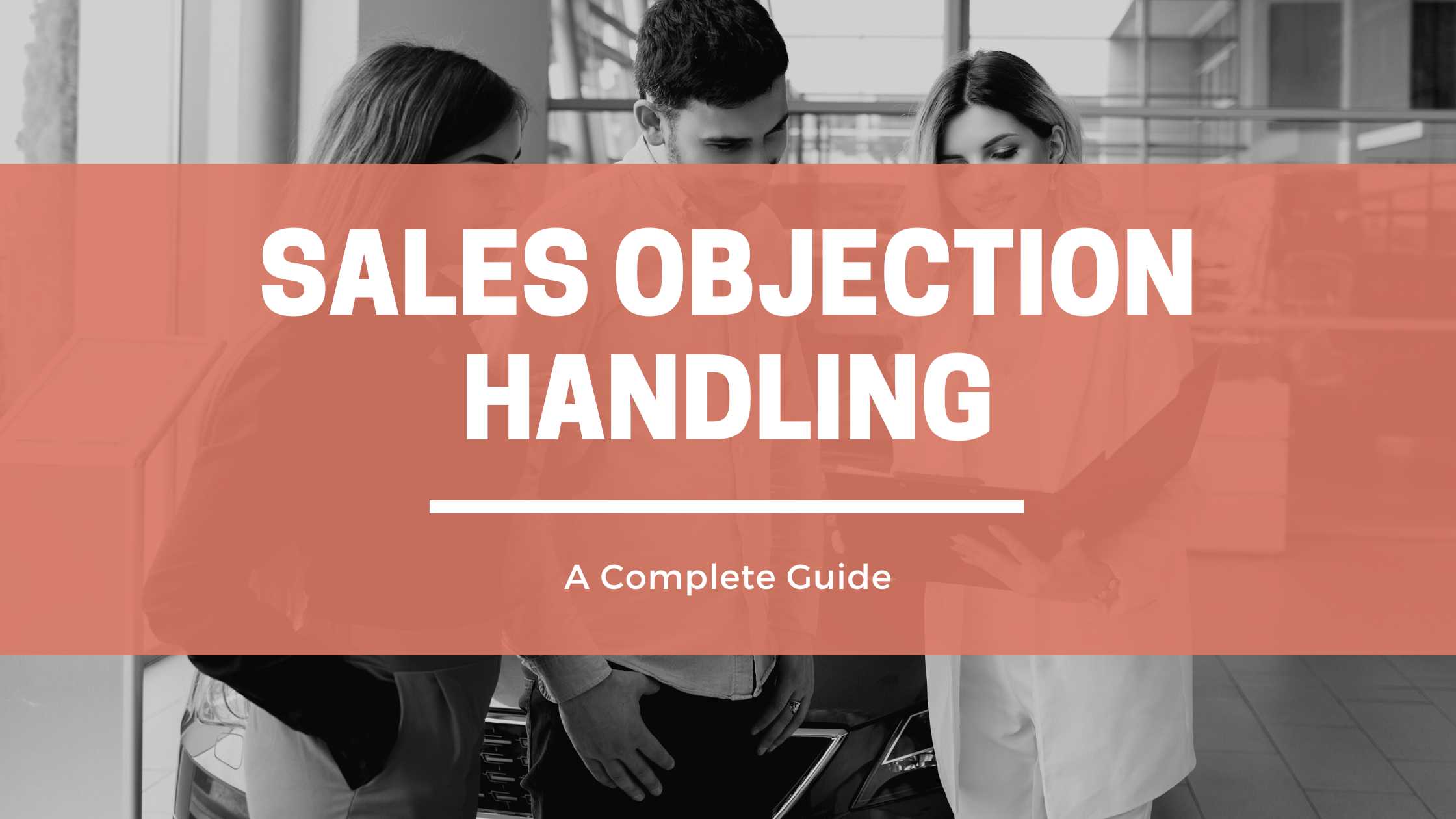Sales objection handling is an essential skill for any sales professional, regardless of the industry or product they are selling.
What is sales objection handling?
Sales objection handling refers to the techniques and strategies used by salespeople to address and overcome objections raised by potential customers during the sales process.
What is an example of sales objection handling?
An example of sales objection handling would be a salesperson addressing a potential customer’s concern about the high cost of a product by highlighting its value and the cost savings it can provide in the long run.
What is the importance of sales objection handling?
The importance of sales objection handling lies in its ability to help salespeople effectively address customer concerns and objections, which can lead to increased sales and customer satisfaction. By effectively handling objections, salespeople can build trust and credibility with potential customers, which can help to close more sales and build long-term customer relationships. Additionally, by identifying and addressing objections early on in the sales process, salespeople can also prevent potential customers from dropping out of the sales funnel.
What is the benefit of sales objection handling?
The benefit of sales objection handling is that it allows salespeople to address customer concerns and objections effectively, which can lead to increased sales and customer satisfaction. By effectively handling objections, salespeople can build trust and credibility with potential customers, which can help to close more sales and build long-term customer relationships. Additionally, by identifying and addressing objections early on in the sales process, salespeople can also prevent potential customers from dropping out of the sales funnel.
What are the sales objection handling methods?
Some common sales objection handling methods include:
- Acknowledge and validate the objection
- Address the underlying concern
- Provide a solution or counteroffer
- Ask for the sale
What are the steps of sales objection handling?
The steps of sales objection handling typically include:
- Listen actively to the objection
- Understand the objection and the customer’s concern
- Respond to the objection with a valid counterargument or solution
- Confirm the customer’s understanding and satisfaction with your response
- Ask for the sale or next step in the process.
What are the types of sales objection handling questions?
The types of sales objection handling questions can include:
- Clarifying questions to understand the objection better
- Probing questions to uncover the underlying concern
- Reframing questions to refocus the conversation on the benefits of your product or service
- Summary questions to ensure mutual understanding and agreement.
What is sales objection handling strategy?
Sales objection handling strategy refers to the overall approach and plan that a salesperson uses to address and overcome objections raised by potential customers during the sales process. This may include techniques such as active listening, understanding the underlying concern, providing a solution or counteroffer, and asking for the sale.
What is pre-objection handling in sales?
Pre-objection handling in sales refers to the process of anticipating and addressing potential objections before they are raised by the customer. This can be done by conducting research on common objections in the industry, and preparing responses and solutions in advance.
What is sales objection handling skill?
Sales objection handling skill is the ability of a salesperson to effectively address and overcome objections raised by potential customers during the sales process. This skill can be developed through training, practice, and experience. Effective sales objection handling requires strong communication skills, the ability to listen actively and understand the customer’s concern, and the ability to think on your feet and provide solutions or counteroffers.
How to handle objections in sales
- Listen actively to the customer’s objection
- Understand the underlying concern
- Respond with a valid counterargument or solution
- Confirm the customer’s understanding and satisfaction
- Ask for the sale or next step in the process
How to learn sales objection handling
- Study and research common objections in your industry
- Practice active listening and understanding the customer’s concern
- Develop a range of responses and solutions to objections
- Seek feedback and coaching from experienced salespeople
- Practice, practice, practice!
How do you measure sales objection handling?
- Track the number of objections handled per salesperson
- Monitor the percentage of objections successfully overcome
- Measure customer satisfaction and feedback
- Track the conversion rate of leads to sales
- Monitor the time it takes for a salesperson to handle an objection
- Track the salesperson’s ability to close deals after handling objections.
What is sales objection handling target?
Sales objection handling target refers to the specific goals or objectives that a sales team or individual salesperson sets for themselves in terms of effectively handling customer objections. This can include targets such as reducing the number of objections per sale, increasing the percentage of objections overcome, or improving customer satisfaction scores.
What is sales objection handling metrics?
Sales objection handling metrics refer to the specific data points or measurements used to track and evaluate the effectiveness of a sales team or individual salesperson’s objection handling skills. These metrics can include things like the number of objections handled per salesperson, the percentage of objections successfully overcome, customer satisfaction scores, and the conversion rate of leads to sales.
What is sales objection handling KPIs?
Sales objection handling Key Performance Indicators (KPIs) are specific, quantifiable measures that are used to evaluate the performance of a sales team or individual salesperson in relation to their objection handling targets. These KPIs can include things like the number of objections handled per salesperson per month, the percentage of objections overcome, customer satisfaction scores, and the conversion rate of leads to sales.
What is the most effective way of handling objections?
The most effective way of handling objections can vary depending on the specific objection and the customer, but some general principles that can be effective include:
- Acknowledge and validate the customer’s concern
- Address the underlying concern
- Provide a solution or counteroffer
- Ask for the sale
- Confirm the customer’s understanding and satisfaction with your response
It’s also important to remember to practice active listening, understanding the customer’s concern, and thinking on your feet to provide solutions or counteroffers. Building trust and credibility with the customer is also important.
What is a typical sales process?
A typical sales process typically includes the following steps:
- Prospecting: Identifying and qualifying potential customers
- Approach: Making initial contact with the potential customer
- Presentation: Sharing information about your product or service and its benefits
- Handling objections: Addressing any concerns or objections raised by the customer
- Closing: Asking for the sale or next step in the process
- Follow-up: Keeping in touch with the customer after the sale to ensure satisfaction and identify opportunities for repeat business.
It’s important to note that the specific steps in the sales process can vary depending on the industry, the product or service being sold, and the sales strategy that the company is using.

